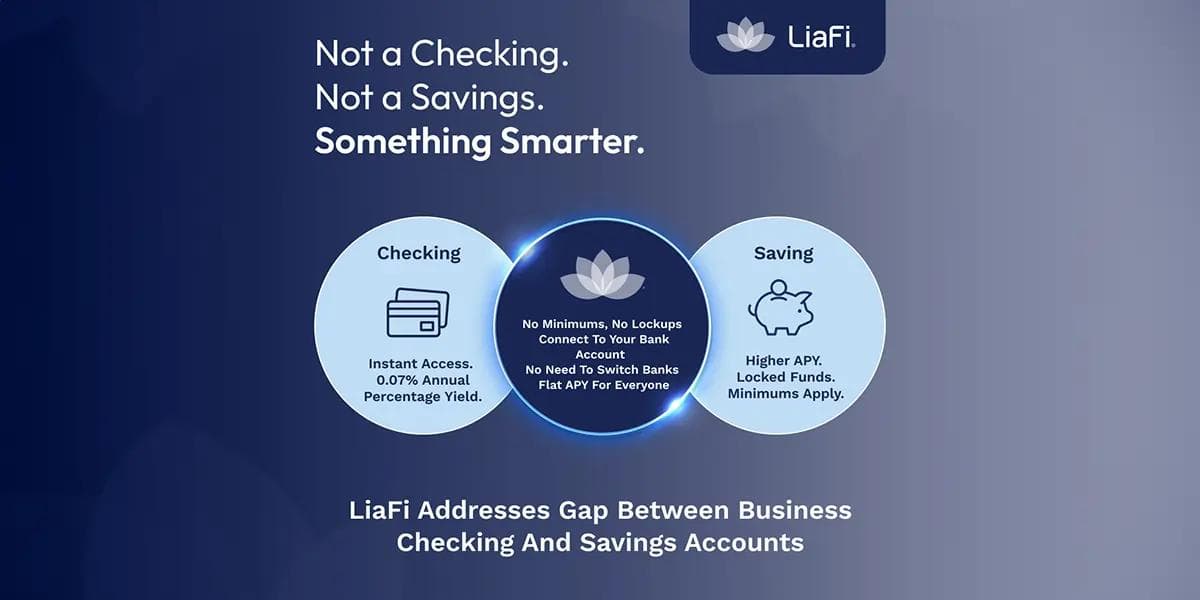Leveraging advanced analytics for real-time fraud and money laundering detection
Leveraging advanced analytics for real-time fraud and money laundering detection
Published by Gbaf News
Posted on August 16, 2018

Published by Gbaf News
Posted on August 16, 2018

By Yoav Einav, VP Product @GigaSpaces
Fraud detection is a billion-dollar problem in finance, affecting consumers and banks alike.
Deploying and running advanced analytics on data as it’s born will help financial institutions detect and prevent money laundering and other fraudulent activities, while eliminating the need to provision new data stores for fraud detection workflows.
The real-time insights gleaned trigger on-the-spot workflows to protect against live fraud at the time of transaction.
Leading banks and capital markets firms have begun to leverage real-time analytics and machine learning for many initiatives; including risk management, fraud detection, compliance and consumer metrics, to gain a competitive edge and comply with regulations that are required for extreme performance on big data workflows.
Machine learning is getting better at identifying potential cases of fraud across many different fields. It is being used to fight money laundering, and companies like PayPal are building tools that compare millions of transactions at millisecond speeds to precisely distinguish between legitimate and fraudulent transactions on the buyer and seller sides.
Taking the leap from data science to operationalizing machine learning requires successful integration with business applications. No matter how clean and organized data is, or how sophisticated statistical models are – if the last mile of application integration is not possible, then financial institutes can never fully leverage the benefits of machine learning.
For example, if a financial transaction has been identified as fraudulent, this insight can only be turned into action through this essential integration. The right organizational stakeholders need to be notified, and the relevant workflow needs to be executed. Otherwise, the fraudulent attempt will go unchecked.
Unlike traditional databases, an in-memory computing can handle real-time massive workloads and processing tasks at millisecond speeds. And smart integration with data lakes, storing multi-petabytes of data, simplifies access to historical data. This powers faster and smarter machine learning insights, providing a simpler, faster workflow.
A leading payment solution provider has leveraged GigaSpaces In-memory Computing Platform to provide tools that facilitate a secure exchange between financial organizations and offer solutions for responding instantly to evolving fraud challenges. Such customers exchange information and knowledge to obtain a single view of fraud activity across the enterprise and manage fraud on a cross-institution basis.
Fraud challenges exist for real-time mobile payment applications as well as detecting check fraud when there are simultaneous check deposits at different banks. In order to address these, the core platform technology not only ingests 4 TB daily but also handles 1.5M events per second, with a response time of milliseconds. This gives banks and financial institutions the processing power to handle all of this insight and validate it against large datasets of both live and archived data, correlating the immediate transaction with the historical behavior of the specific user profile. They otherwise wouldn’t be able to with traditional RAM. If a faulty transaction is detected, it can be rejected instantaneously. While this might sound like it puts a burden on the user experience, it doesn’t. Transactions are completed in seconds as the actual processing and analysis takes on millisecond. On the enterprise side, it is built for on-demand scaling and mission critical availability with proven zero down-time.
Real-time analytics and machine learning will enable companies to actively prevent transactional fraud. Reacting after the fact is too late and has negative impact on both costs and customer experience. In-memory-computing allows banks, credit unions and larger banks alike to act in the moment, rather than getting burned in the future.
By Yoav Einav, VP Product @GigaSpaces
Fraud detection is a billion-dollar problem in finance, affecting consumers and banks alike.
Deploying and running advanced analytics on data as it’s born will help financial institutions detect and prevent money laundering and other fraudulent activities, while eliminating the need to provision new data stores for fraud detection workflows.
The real-time insights gleaned trigger on-the-spot workflows to protect against live fraud at the time of transaction.
Leading banks and capital markets firms have begun to leverage real-time analytics and machine learning for many initiatives; including risk management, fraud detection, compliance and consumer metrics, to gain a competitive edge and comply with regulations that are required for extreme performance on big data workflows.
Machine learning is getting better at identifying potential cases of fraud across many different fields. It is being used to fight money laundering, and companies like PayPal are building tools that compare millions of transactions at millisecond speeds to precisely distinguish between legitimate and fraudulent transactions on the buyer and seller sides.
Taking the leap from data science to operationalizing machine learning requires successful integration with business applications. No matter how clean and organized data is, or how sophisticated statistical models are – if the last mile of application integration is not possible, then financial institutes can never fully leverage the benefits of machine learning.
For example, if a financial transaction has been identified as fraudulent, this insight can only be turned into action through this essential integration. The right organizational stakeholders need to be notified, and the relevant workflow needs to be executed. Otherwise, the fraudulent attempt will go unchecked.
Unlike traditional databases, an in-memory computing can handle real-time massive workloads and processing tasks at millisecond speeds. And smart integration with data lakes, storing multi-petabytes of data, simplifies access to historical data. This powers faster and smarter machine learning insights, providing a simpler, faster workflow.
A leading payment solution provider has leveraged GigaSpaces In-memory Computing Platform to provide tools that facilitate a secure exchange between financial organizations and offer solutions for responding instantly to evolving fraud challenges. Such customers exchange information and knowledge to obtain a single view of fraud activity across the enterprise and manage fraud on a cross-institution basis.
Fraud challenges exist for real-time mobile payment applications as well as detecting check fraud when there are simultaneous check deposits at different banks. In order to address these, the core platform technology not only ingests 4 TB daily but also handles 1.5M events per second, with a response time of milliseconds. This gives banks and financial institutions the processing power to handle all of this insight and validate it against large datasets of both live and archived data, correlating the immediate transaction with the historical behavior of the specific user profile. They otherwise wouldn’t be able to with traditional RAM. If a faulty transaction is detected, it can be rejected instantaneously. While this might sound like it puts a burden on the user experience, it doesn’t. Transactions are completed in seconds as the actual processing and analysis takes on millisecond. On the enterprise side, it is built for on-demand scaling and mission critical availability with proven zero down-time.
Real-time analytics and machine learning will enable companies to actively prevent transactional fraud. Reacting after the fact is too late and has negative impact on both costs and customer experience. In-memory-computing allows banks, credit unions and larger banks alike to act in the moment, rather than getting burned in the future.
Explore more articles in the Top Stories category











